
Honoring Your Jewelry & Watches on Earth Day
Ever wondered how the jewelry and watches you love connect to the very heart of our planet? This Earth Day, discover the hidden journey of your favorite pieces—and how caring for them can help protect the Earth, one gem at a time.

Celebrating Earth’s Treasures: The Connection Between Our Planet and the Jewelry We Cherish
Earth Day and How It Relates to Your Jewelry & Watches
Every April, Earth Day reminds us of the beauty, power, and generosity of our planet. While we often think about recycling, sustainability, and conservation, one of the most personal ways we connect with Earth is through the jewelry and watches we wear every day. These pieces are more than just accessories—they’re small, wearable wonders born from the depths of our incredible planet.
At My Jewelry Repair, we celebrate Earth not just one day a year, but every day through our commitment to preserving and protecting the precious materials it provides. From gold and diamonds to sapphires and stainless steel, every element of fine jewelry and timekeeping has its roots in the Earth’s geology. Let’s take a closer look at how these treasures come to life—and how caring for them also shows love to the planet.
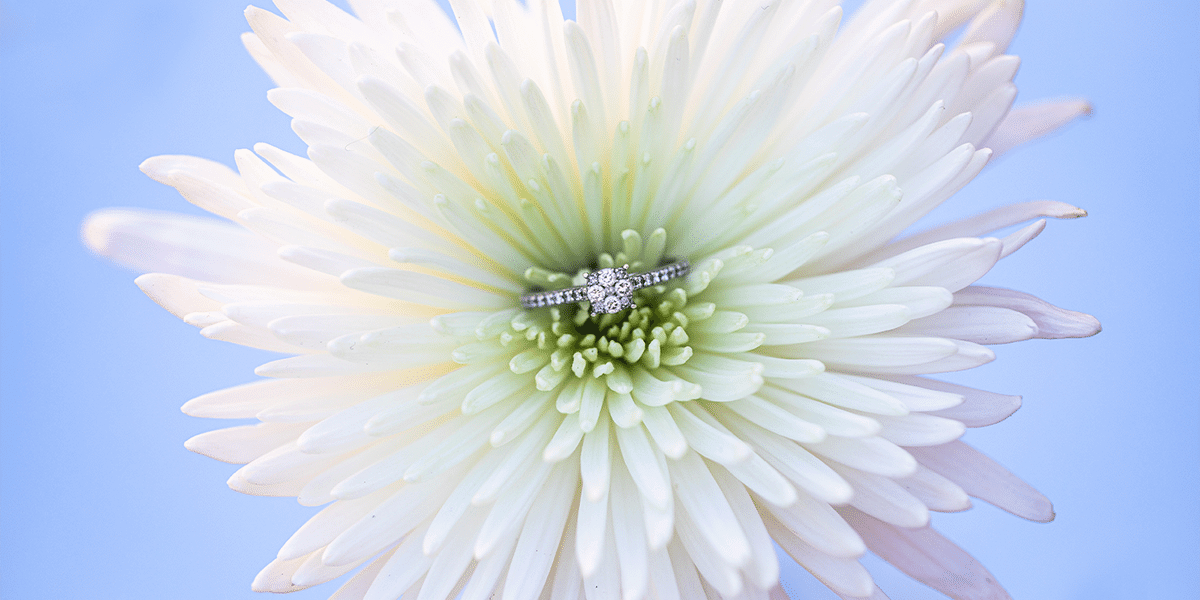
Where Do Jewelry Materials Come From?
Discover The Natural Origins of the Metals and Gemstones in your Favorite Pieces
Gemstones and precious metals are formed by the Earth itself, deep underground over millions of years. These natural elements are the result of intense heat, pressure, and chemical reactions that give us breathtaking materials like:
- Diamonds
- Gold
- Platinum
- Rhodium
- Silver
- Emeralds, Rubies, Sapphires, and More
These materials are mined from the Earth’s crust—some found near the surface, others buried deep. This process of discovering and using Earth’s natural resources for adornment dates back to ancient civilizations and continues to this day.
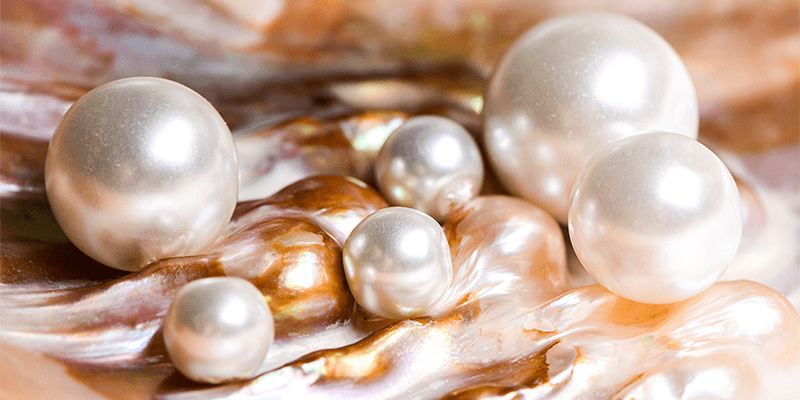
Minerals, Crystals, and the Magic of Gemstones
How the Earth Transforms Raw Minerals into Dazzling Gemstones Over Millions of Years
Minerals are the building blocks of gemstones. They can form in several ways: from cooling magma (molten rock) or from mineral-rich water deep underground. Most minerals form in confined spaces, making large crystals quite rare. That’s why geodes and raw crystal formations are such exciting finds!
When a mineral forms into a particularly beautiful and durable crystal, it can be cut and polished into a gemstone. These glittering stones are what give our favorite pieces their brilliance and allure.
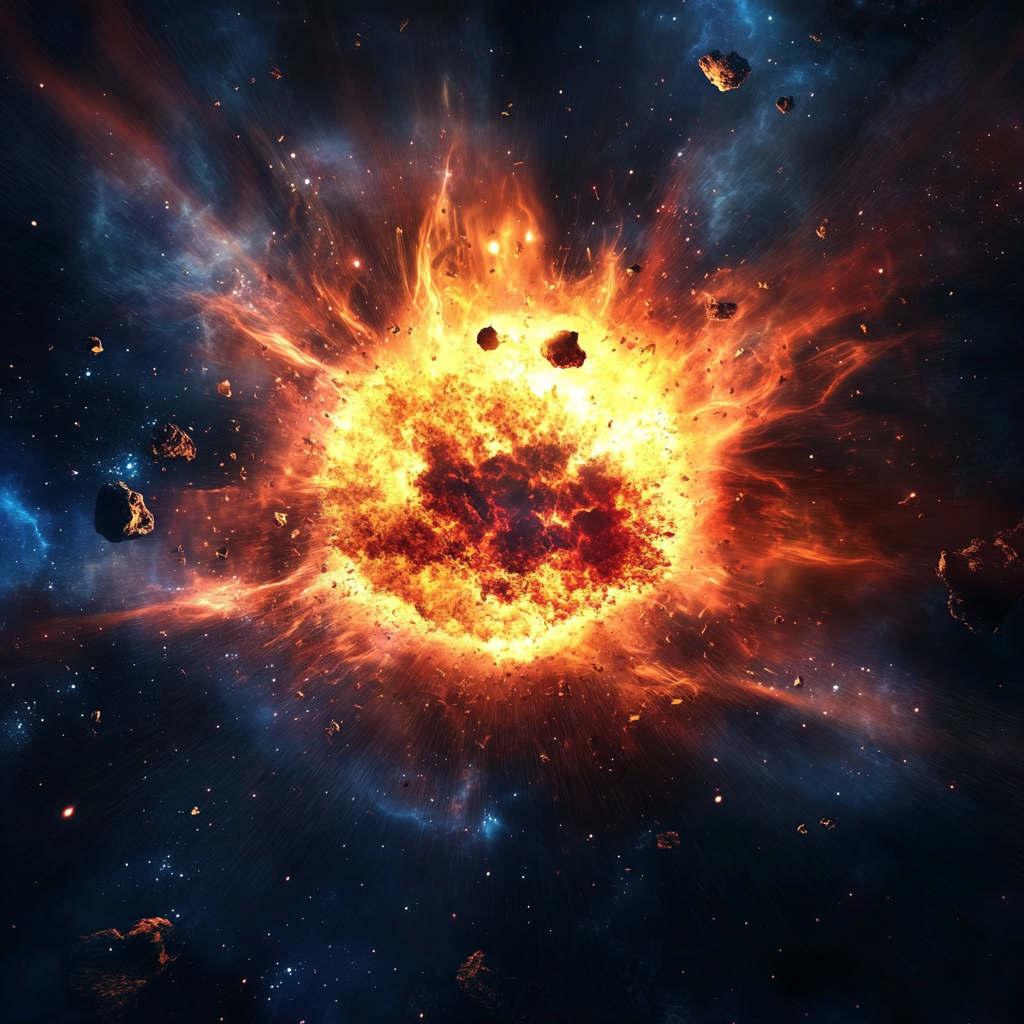
You might be surprised to know that an uncut gemstone often looks dull or rough. It’s only after being carefully shaped and polished that its true beauty shines through—just like a literal “diamond in the rough.”
Precious vs. Semi-Precious Stones: What’s the Difference?
Understanding Gemstone Classifications and How Rarity Affects Their Value
When it comes to gemstones, not all are created—or classified—equally. In the world of fine jewelry, gemstones are generally divided into two broad categories: precious and semi-precious. This distinction isn’t based solely on beauty, but rather on a combination of rarity, durability, and historical value.
Precious gemstones are the elite four: diamonds, rubies, sapphires, and emeralds. These stones have long been valued for their exceptional brilliance, hardness, and scarcity. Their high demand and limited supply have made them staples in engagement rings, royal collections, and high-end timepieces.
- Diamonds are prized for their unmatched hardness and clarity.
- Rubies are loved for their deep red hue and symbolic ties to passion and protection.
- Sapphires often come in rich blues but can also appear in pink, yellow, and green.
- Emeralds boast lush green tones and are known for their inclusions, often called “jardin,” or garden-like textures.
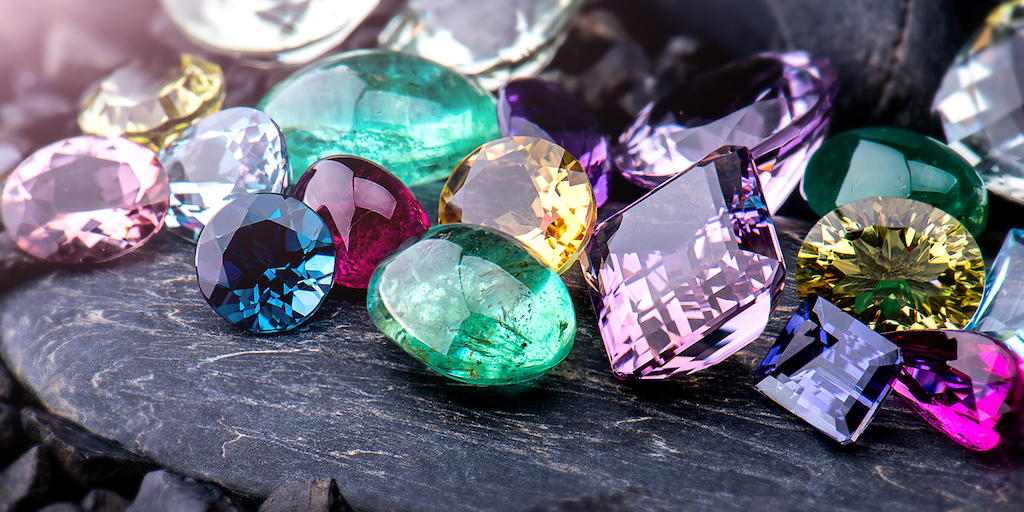
On the other hand, semi-precious gemstones include a much broader range of minerals—such as amethyst, garnet, topaz, peridot, citrine, and turquoise—each with their own unique beauty and properties. These gems are generally more abundant than precious stones, which makes them more affordable, yet no less meaningful or stunning.
For example, amethyst was once considered a precious stone until large deposits were discovered in Brazil, which dramatically increased its availability. Despite the shift in classification, it remains one of the most beloved stones in jewelry for its rich purple hue and calming symbolism.
It’s important to note that the terms precious and semi-precious don’t necessarily reflect quality. Many semi-precious stones are just as durable and brilliant as their precious counterparts, and in some cases, even rarer. The real value of a gemstone often lies in personal meaning, design craftsmanship, and the story it tells—not just the label it carries.
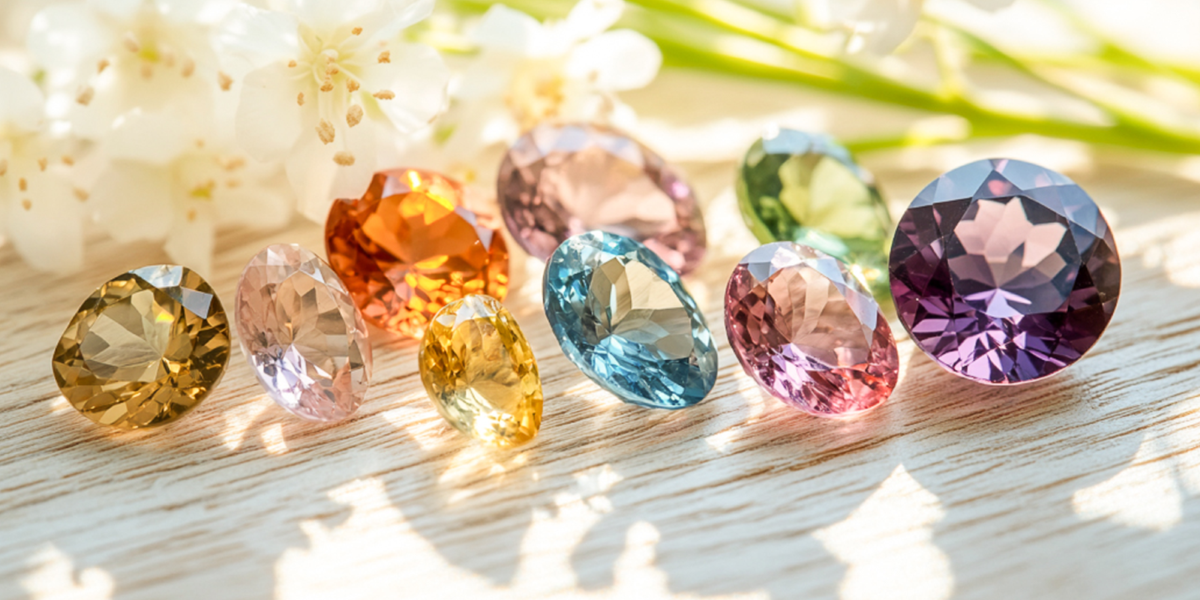
An Eco-Friendly Alternative: Lab-Grown Diamonds
How Science Is Offering a Sustainable and Ethical Way to Enjoy Real Diamonds
When it comes to making sustainable choices, lab-created or lab-grown diamonds have emerged as a compelling and eco-conscious alternative to traditionally mined stones.
Lab-grown diamonds are chemically and visually identical to natural diamonds—they’re real diamonds, just made above ground instead of mined from the Earth. These stones are created in high-tech facilities using methods that replicate the intense heat and pressure found deep underground.
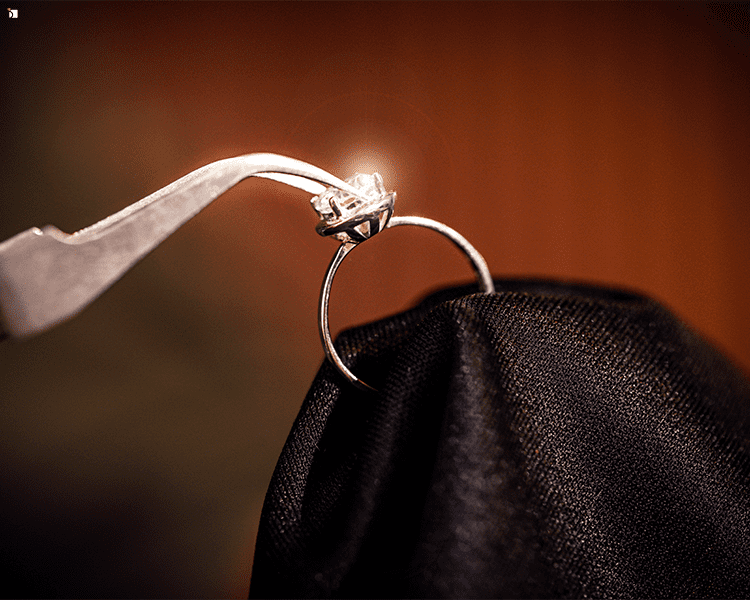
Why Choose Lab-Grown Diamonds?
- Environmentally Friendly – They avoid the extensive mining processes that can disrupt ecosystems and contribute to soil erosion, deforestation, and habitat loss.
- Ethically Sourced – Since they’re made in controlled environments, there are no concerns about conflict or unethical labor practices.
- More Affordable – Lab-grown diamonds often cost less than their natural counterparts, offering more value without sacrificing beauty or quality.
Whether you’re purchasing a new engagement ring or a pair of diamond earrings, opting for a lab-grown diamond can be a meaningful way to celebrate your love—while also showing love for the planet.
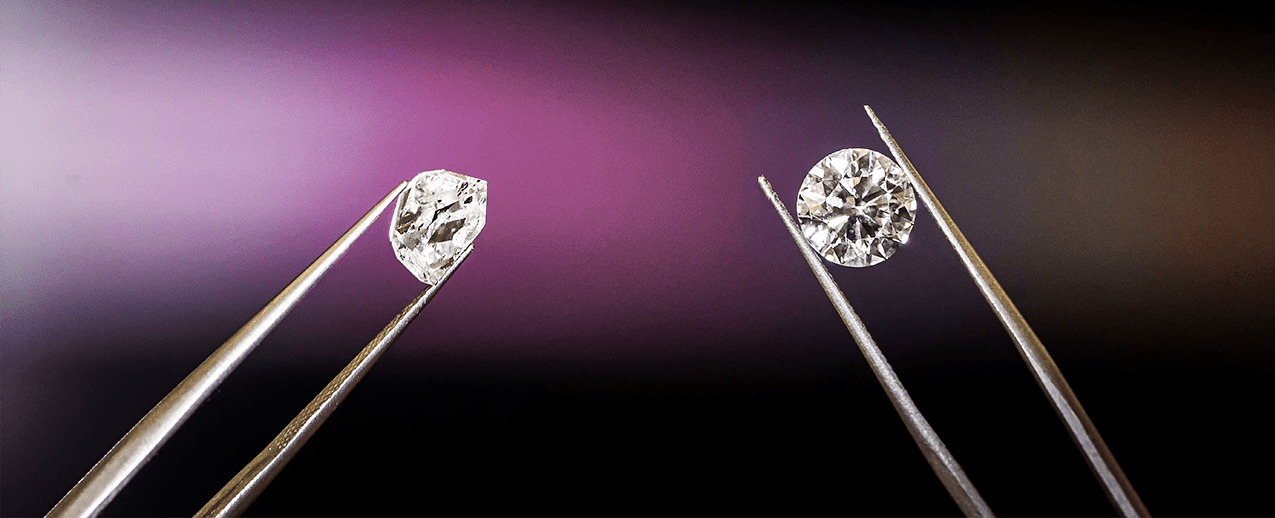
Gemstones and Geography: Nature’s Global Signature
How Geography Shapes the Availability and Beauty of Gemstones Worldwide
Gemstones don’t just appear randomly across the Earth—they’re the result of unique geological conditions found in specific regions. From climate and mineral composition to tectonic activity, the environment plays a critical role in determining where certain gems form.
For instance, sapphires thrive in places like Sri Lanka, Myanmar, and Kashmir, where the right combination of heat, pressure, and mineral content allows them to develop over millions of years. Sri Lanka, in particular, is renowned for producing vibrant star sapphires, which display a six-rayed star pattern when viewed under direct light.
Diamonds, on the other hand, are found in volcanic rock formations called kimberlite pipes. These are most abundant in countries like South Africa, Russia, and Botswana. Australia dominates the production of industrial-grade diamonds, while Canada and parts of the U.S. also contribute to the global supply.
Even semi-precious stones follow this rule of locality. Turquoise is famously linked to the American Southwest and parts of Iran, while tanzanite is found only in a single location near Mount Kilimanjaro in Tanzania.
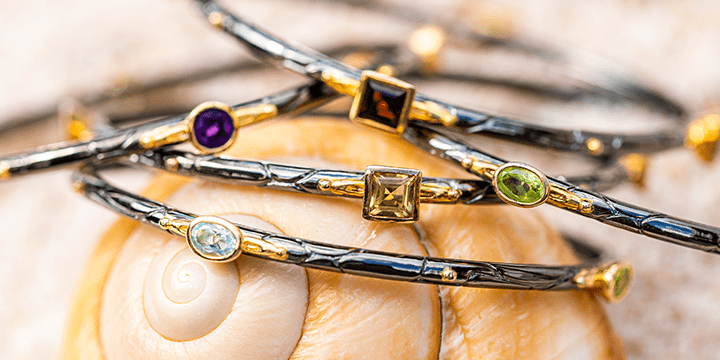
Timepieces and the Planet: The Earth-Friendly Side of Watch Care
Why Restoring your watch is a sustainable choice rooted in natural resources
Watches may not sparkle like gemstones, but they carry just as much meaning—and just as much connection to the Earth.
From the stainless steel in the case to the sapphire crystal protecting the dial, the materials in your watch are all sourced from natural elements. High-end timepieces often feature metals like titanium or gold, and movements may use precious stones like rubies to reduce friction between gears. These components are finely crafted, but also finite—drawn from the Earth’s limited resources.
The best way to honor those resources? Keep your timepiece ticking for years, or even generations.
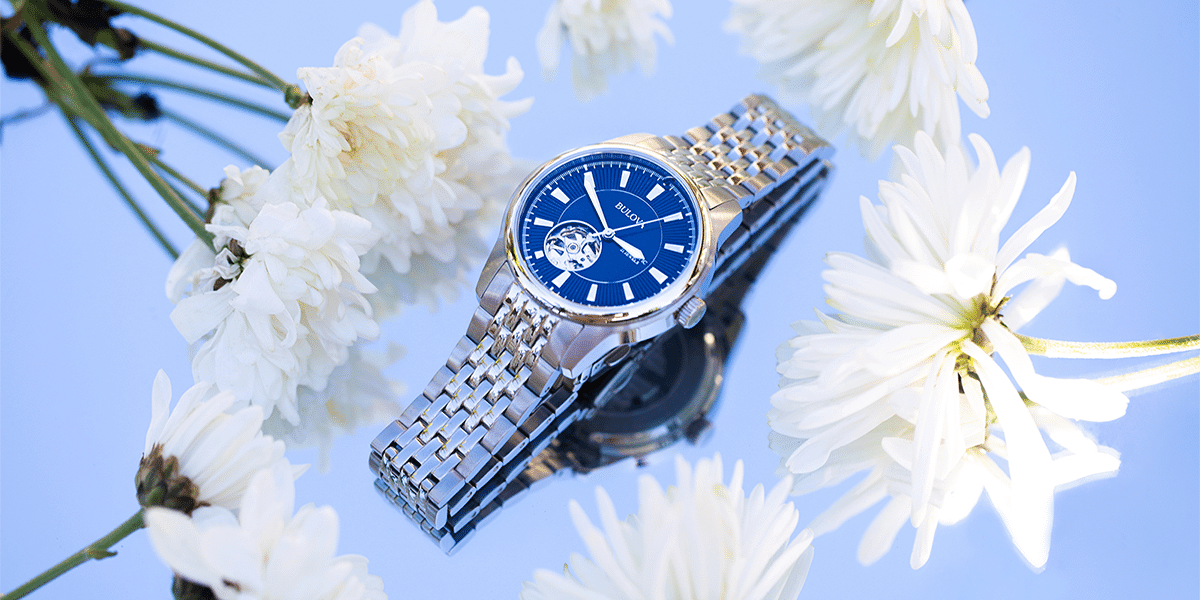
At My Jewelry Repair, we believe that watch restoration is one of the most sustainable choices a timepiece owner can make. Instead of letting a broken watch gather dust—or worse, tossing it—choose repair. Our certified watchmakers perform everything from battery replacements and movement overhauls to full vintage restorations.
By extending the life of your watch, you not only preserve its craftsmanship and story, but also help reduce the demand for newly mined materials.
This Earth Day, take a moment to appreciate the watch on your wrist—not just for its precision, but for the natural materials and global craftsmanship that made it possible.
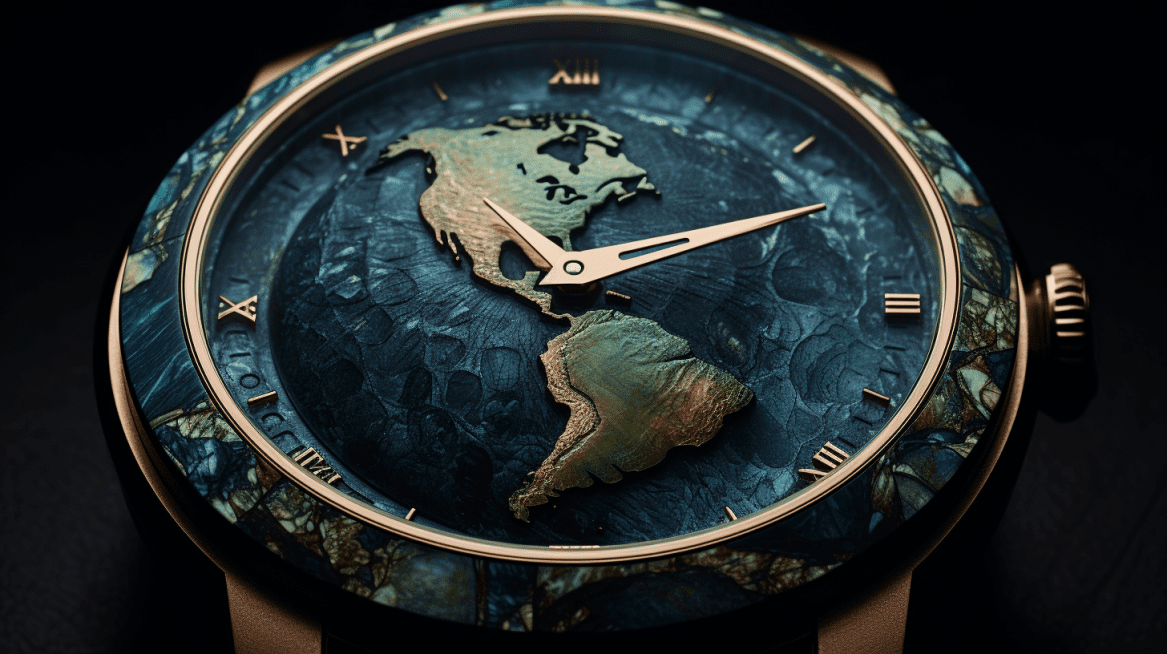
Our Earth, Our Responsibility: How We Care for What Comes from the Planet
My Jewelry Repair’s eco-conscious approach to restoration and preservation
At My Jewelry Repair, we feel a deep respect for the materials we work with—because we know they come from something far greater than ourselves.
Whether we’re restoring a vintage heirloom watch or giving new life to a beloved gemstone ring, we take pride in using eco-conscious practices to minimize waste and promote sustainability in our services.

Caring for your jewelry and watches doesn’t just preserve memories—it honors the Earth that gave us these beautiful materials in the first place. Rather than tossing aside damaged or worn items, consider repair and maintenance as a meaningful way to reduce consumption and keep your treasures in top condition for generations.
A Simple Way to Celebrate Earth Day: Restore Instead of Replace
Choose restoration to honor both your memories and the planet’s resources
One of the most meaningful ways to celebrate Earth Day isn’t by buying something new—it’s by caring for what you already have. Restoring a cherished piece of jewelry or repairing a timepiece you thought was beyond saving is a sustainable act that honors both your memories and the materials our planet provides.
If you have a watch that no longer ticks or a necklace that’s lost its shine, Earth Day is the perfect time to show it a little love. Our expert craftsmen at My Jewelry Repair specialize in bringing sentimental pieces back to life with services like:
- Professional cleaning and polishing
- Gemstone replacement
- Ring resizing and re-tipping
- Vintage restoration
- Watch movement overhauls and crystal replacements
And with our nationwide online mail-in repair service, you can begin the restoration process from the comfort of your home. It’s easy, secure, and designed to help you protect what matters most.
By choosing to repair instead of replace, you’re not only preserving your keepsakes—you’re reducing waste, minimizing the need for new materials, and making a conscious choice to support a more sustainable future.
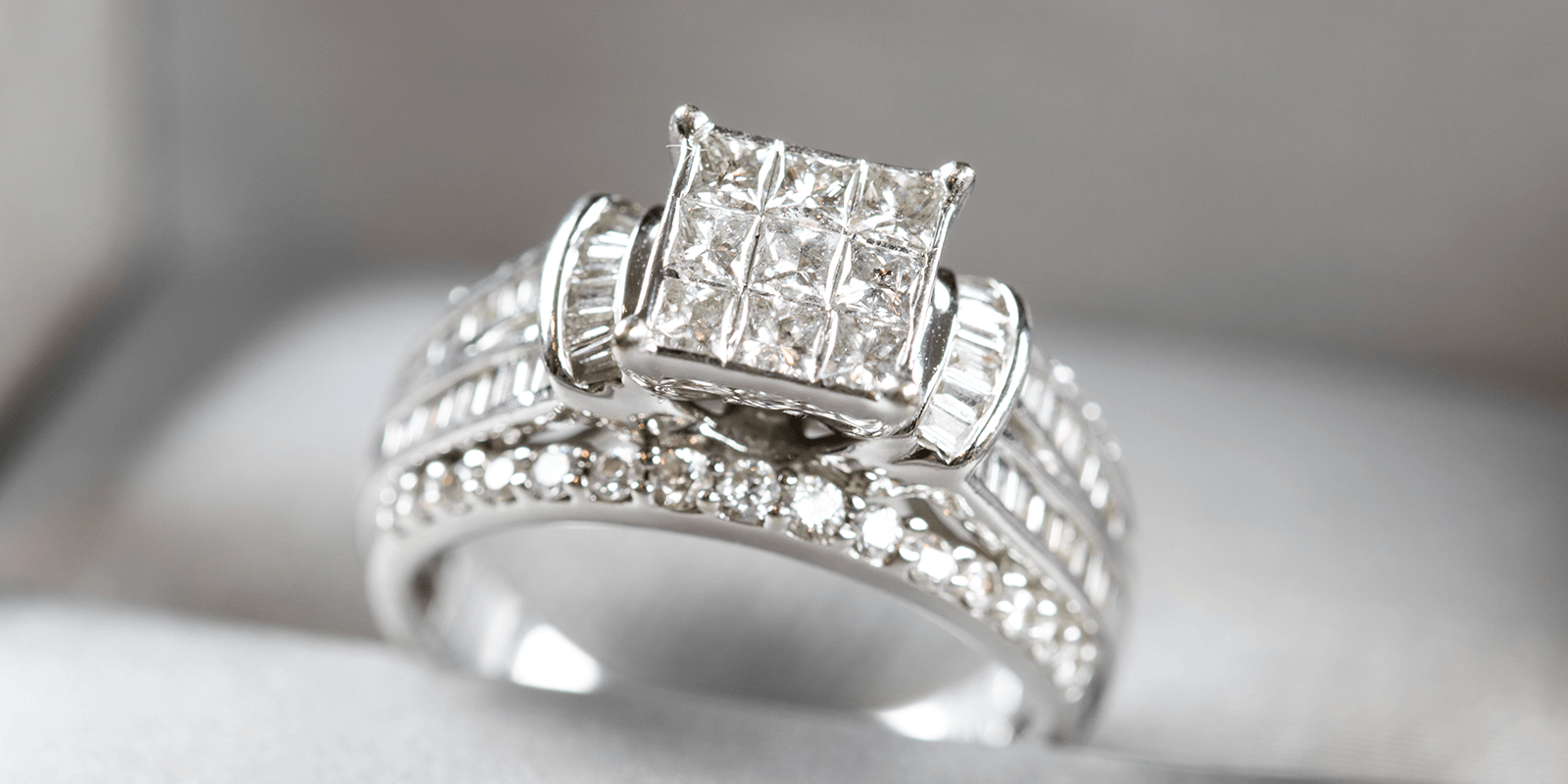

Thank You, Planet Earth
Reflecting on the beauty of our planet and how caring for your pieces honors its gifts
From the rich soils that nourish our food to the hidden caverns filled with sparkling crystals, Earth gives us so much to admire, appreciate, and cherish. Jewelry and watches may seem like small things, but they hold big meaning—often passed from generation to generation, carrying the stories of the people who wore them. This Earth Day, let’s honor the planet that gave us these treasures by choosing to restore instead of replace.
Begin your Earth-conscious restoration at My Jewelry Repair today. Let your jewelry and timepieces tell their story—brilliantly, responsibly, and for generations to come.
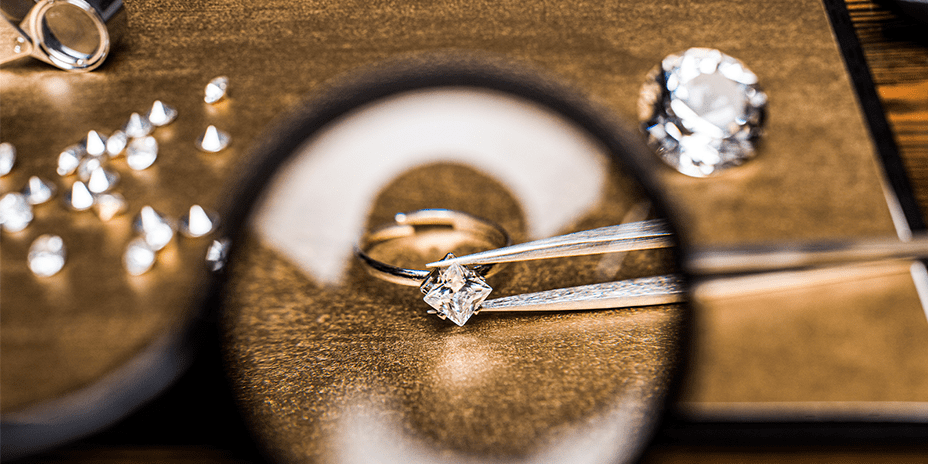

Explore the Magic of Our Jewelry Services!
We are proud members of the

Our team includes gemologists certified by

